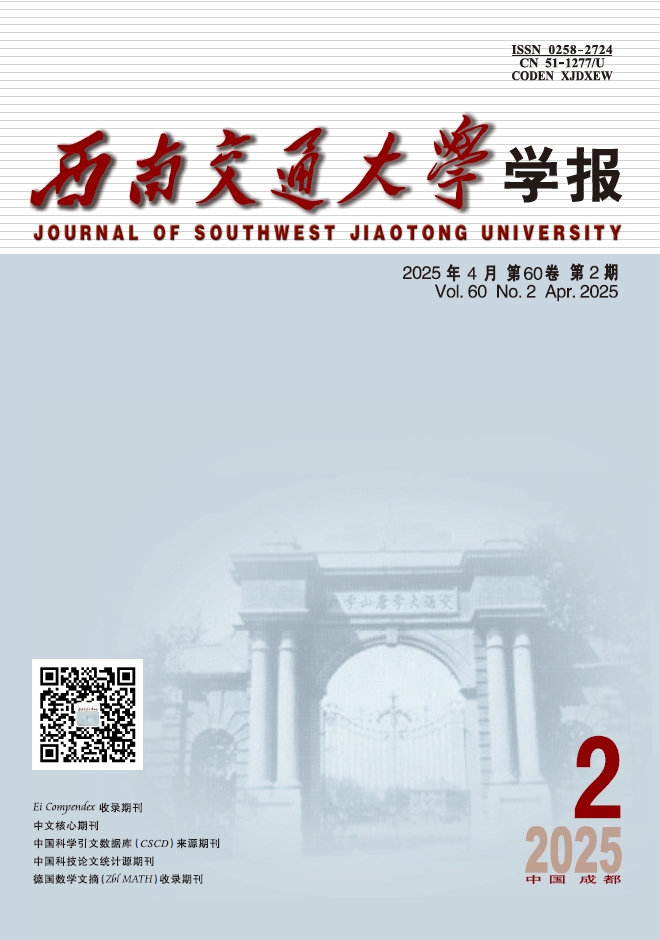2023 Vol. 58, No. 5
Display Method:
Wave Flume Test and Simplified Algorithm for Freak Wave Forces on a Dumbbell-Shaped Bridge Structure
2023, 58(5): 1017-1025.
doi: 10.3969/j.issn.0258-2724.20210380
Abstract:
Cracking Behavior of Segmental Lining in Subways Under Adverse Jacking Force During Shield Tunneling
2023, 58(5): 1073-1082.
doi: 10.3969/j.issn.0258-2724.20220235
Abstract:




 Advance Search
Advance Search
 Email alert
Email alert RSS
RSS [Abstract]
[Abstract] [FullText HTML]
[FullText HTML] PDF 3962KB
PDF 3962KB Supplements
Supplements [Cited By]
[Cited By]